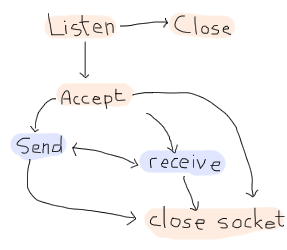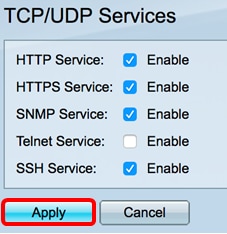

The tcpdump output file can also be read by most sniffer packages, like EtherPeek or Sniffer Pro. You can apply filtering to this command, also: If it's a lot of packets, pipe through more to view a page at a time. Nothing is sent to the screen, but you can then read it back in to tcpdump (using the -r option) to interpret. This will write the output to a file called tcpdump.out. Tcpdump host 192.168.1.1 and tcp or udp -w tcpdump.out To reduce the above problem, or to simply save the output for further analysis, write the tcpdump packets to disk using the "-w" option: This will have tcpdump capture 100 packets and then stop. One way to stop this is to limit the number of packets that tcpdump will capture by using the -c option: Or maybe it did, but 10,000 packets have to be sent to the screen before the Control-C can be interpreted. If too much traffic is being listed then you Control-C may never seem to get to tcpdump. Often the traffic will scroll fast than telnet or the craft port (at 9600 baud!) can send. Simply pressing Control-C will exit tcpdump. You'll see port numbers, like 80, rather than the service names, like Exiting Tcpdump Using -nn will not only disable DNS lookups, but will also diable port names lookups. Tcpdump -n host 192.168.1.1 and tcp or udp Tcpdump will run faster if hostname lookup is disable. Tcpdump host 192.168.1.1 and tcp or udp Disabling DNS Lookups You can also mix some options using the "and" keyword: Tcpdump understands TCP, UDP, ICMP, and ARP among others.

Tcpdump src host 192.168.1.1 Tcpdump a single protocol Using the "src" or "dst" keywords will limit the direction of the reporting: Tcpdump host 192.168.1.1 Limiting to Source and Destination The above example may still show too much traffic, so you can limit the output to show any traffic coming from or going to a specific host: Be prepared to filter this! (So below for filtering options.) Tcpdump a single host Note that this can cause a LOT of output. To listen on all interfaces, use the -i any option: There is no way to list to both vnd1026 and vnd1026. When using tcpdump you may listen to all interfaces, or to a single interface. It will actually show both sides of the conversation - if it is a conversation - since packets come in and replies go out vnd1. This is good, since this is the "outside" interface of our system and will thus show the traffic passing through the system. This will only list traffic passing through (in or out) vnd1. Every packet listed to the screen will cause your telnet session to send another packet, which causes another packet to be listed to the screen, which. Even if no traffic is passing through the box, tcpdump will list the packets of your telnet session. Without any options listed, tcpdump will dump all packets on all interfaces.


 0 kommentar(er)
0 kommentar(er)
